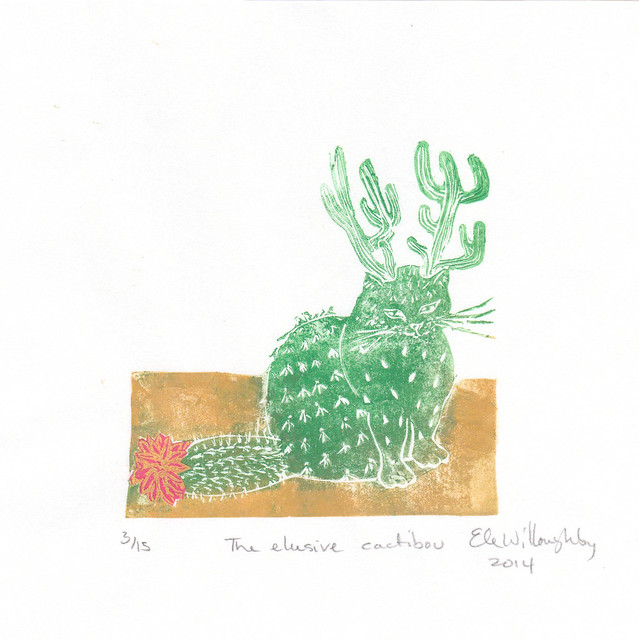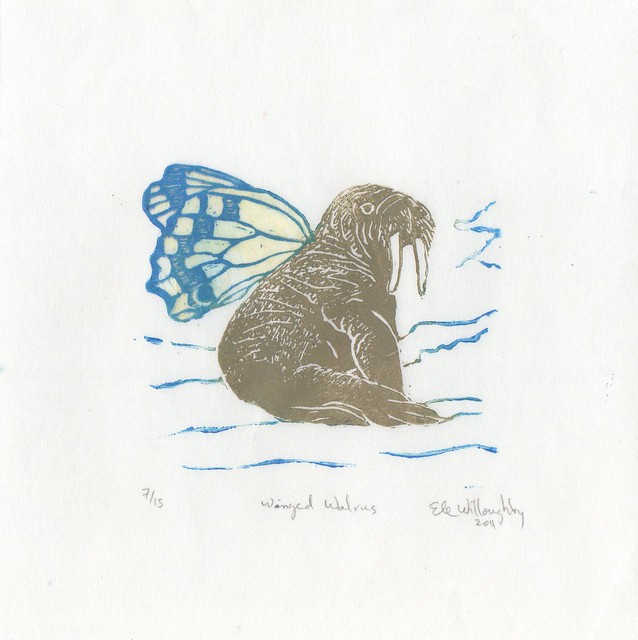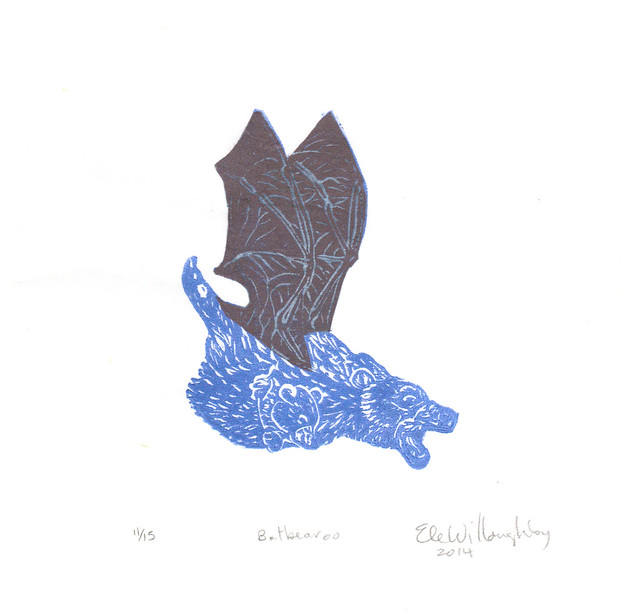I used to regularly blog what I was reading, but fell out of the habit
last year. Something about the heat of the summer, and feeling so
pregnant, and then, having the baby in the winter. I did read last
year... less than in some years... but I read and failed to document it.
It's no longer fresh in my mind, but I have been meaning to try and
catch up.
This year, when I get a moment, I'm usually feeding the
baby and so I don't have two hands and have found trying to read a book
awkward. So I've been reading copious amounts of non-fiction on my
phone, rather than books. The one book I read when I have some quiet and
two hands to gently hold it is the
Codex Seraphinianius,
written and illustrated by Italian architect Luigi Serafini from 1976
to 1978. It's a visual encyclopedia, of a foreign, paradoxical yet
familiar, world, complete with its own language and obscure meanings.
I've
written about it and
alluded to it previous to ever seeing a copy
in person, a few times, in fact. An original first edition will run you
about $5000, but a new edition came out last year, for a much more
conceivable $200 for a large, beautiful, hardcover book. It comes
complete with a new preface by the author, which I enjoyed. He describes
how he made the book - the physical process - without destroying the
beauty of the unknown why or what it really is about. He basically
writes (and I should perhaps post a spoiler alert for the purist), I
don't know, I was somehow compelled, maybe that weird stray cat
'dictated' the Codex to me? RJH gave it to me for Christmas. Wanting to
get back into writing reviews of what I read (in the most generous
sense of the word), I've been thinking about how one could review a
mysterious tome, all alien illustrations and imagined alphabet or
syllabary and language.
It occurred to me the best way would be something like this.
1.
Codex Seraphinianius, written and illustrated Luigi Serafini.

I mean, it's sort of obvious in hindsight, no? What can one say to the
Codex,
but to reply in kind with an illustration of a bizarre, unknown
creature, which nonetheless seems to be built of familiar parts (say, a
cat, cacti and caribou antlers) and its own internal logic? No sooner
had this idea had entered my mind than it grew into a series of mini
print illustrations of fantastical creatures, beginning with my previous
mini print, the winged walrus.

And before long, I needed to make a print of the
Batbearoo (neither bat, nor bear, but a flying marsupial).
 Anatomie Et Biologie Des Rhinogrades — Un Nouvel Ordre De Mammifères
Anatomie Et Biologie Des Rhinogrades — Un Nouvel Ordre De Mammifères,
Masson, France (1962) is the most wonderful sort of fictional science
(rather than traditional science fiction). The original was published in
German as
Bau und Leben der Rhinogradentia in 1957. There exists an English translation by Leigh Chadwick in 1967 called
The Snouters: Form and Life of the Rhinogrades,
but I've only found my French edition. Stümpke created an entire new
(imaginary) order of mammals, the rhinogrades (or "snouters") whose most
remarkable characteristic was the nasorium, an organ derived from the
ancestral species' nose, which had variously evolved to fulfill every
conceivable function, notably including locomotion. It's written much
like a regular scientific treatise, complete with footnotes, references,
Latin species information and a straight face. He never actually says
anything to suggest that this order of mammals, or their home the
Hi-Yi-Yi Pacific Islands are anything other than real. As I
explain here,
this 'scientific' text is truly magical, and I even cried at the end.
It is understandably a great favorite amongst zoologists.
I was reminded of a couple of my other favorites. Harald Stümpke's
The other favorite is
"The Book of Imaginary Beings" by Jorge Luis Borges with (poor forgotten) Margarita Guerrero (who is often omitted from the author list), which I did
review here.
It's another sort of imaginary encyclopedia of sorts, though written in
human languages (Spanish, and readily available in English translation).
It's a miscellany of the marvellous, written in Borges' typical magical
scholarly fashion.
It's possible I have also been influenced by reading my tiny son Mercer Mayer's
Little Monster's Bedtime Book several
times. It's a lovely little illustrated storybook of 15 poems about
monsters he invented - and, importantly, defined and described,
published when I was but a wee little thing myself.
It occurred
to me that there is in fact an entire proud tradition of these sorts of
scholarly or scientific treatises on the not quite real, masquerading as
fact. You might consider the 15th century
Voynich manuscript,
to which the Codex is often compared. It too is written in an unknown
script, appears to be a sort of illustrated encyclopedia, or possibly
nonsense. It has long intrigued scholars. Just last year, an article on a new study,
published in the journal PLoS One, argued that the manuscript has a real, decipherable message (
as reported by the BBC here).
A large portion of the what I think of as 'proto-science', both
intentionally (usually to confuse competitors, if one was say an
alchemist) or unintentionally fall into this category. During the
classical advent of history, Herodotus and Pliny for instance, did not
really distinguish between "I can attest that this is factual" and "some
guy told me this half-baked story over beers". Or, at least, it's fair
to say they compiled their works in the absence of modern methods to try
and establish the veracity of natural history of any sort.
So my
next project is clear. These works have given me so much pleasure, I
need to write my own fictional zoological text, featuring the likes of
the winged walrus, batbearoo and cactibou! I plan a collection of mini
prints, along with pseudo-zoological descriptions of these rare (and you
know, possibly imaginary) creatures. After all, I think of much of my
work as a sort of
wunderkammer, and a true cabinet of curiosity
is not just group of specimen of natural history both real and
imaginary, but a proper collection, of ordered, organized and described
things, in its own proto(pseudo)-scientific fashion.













